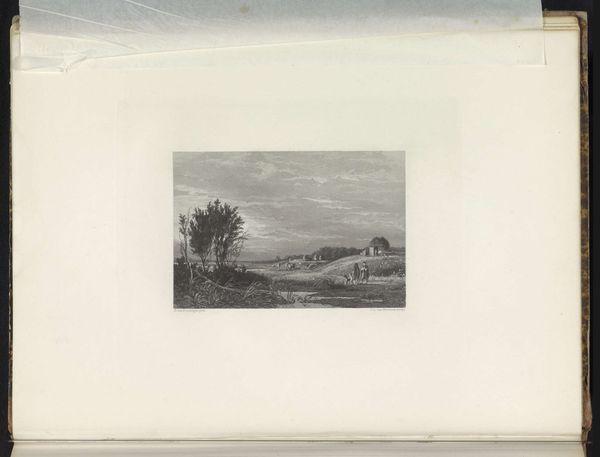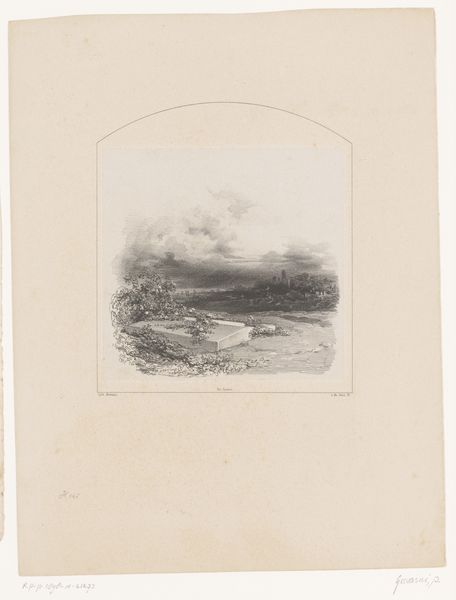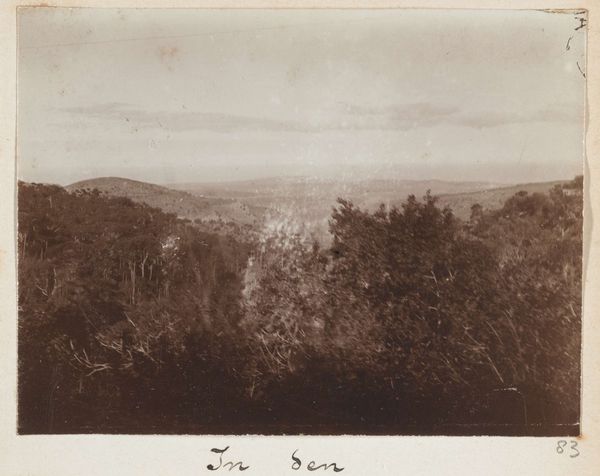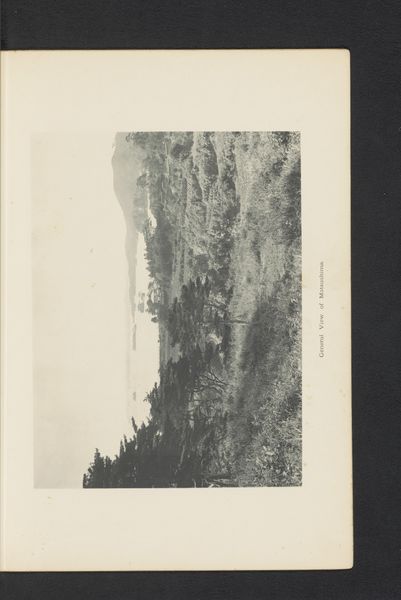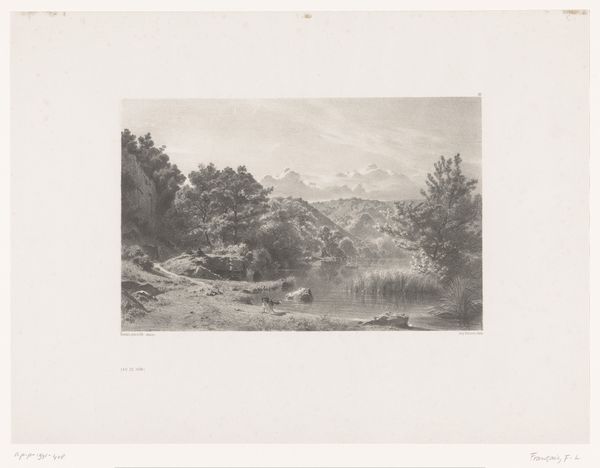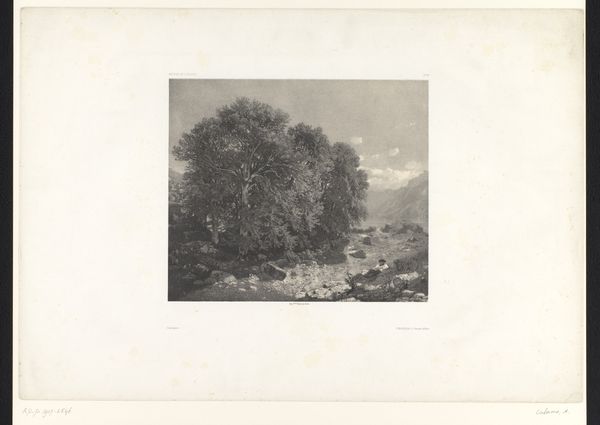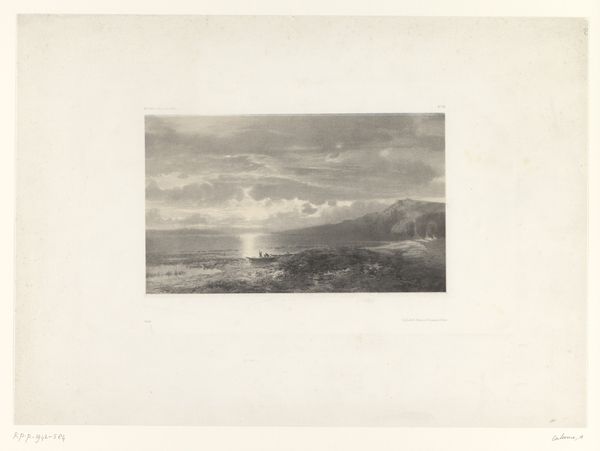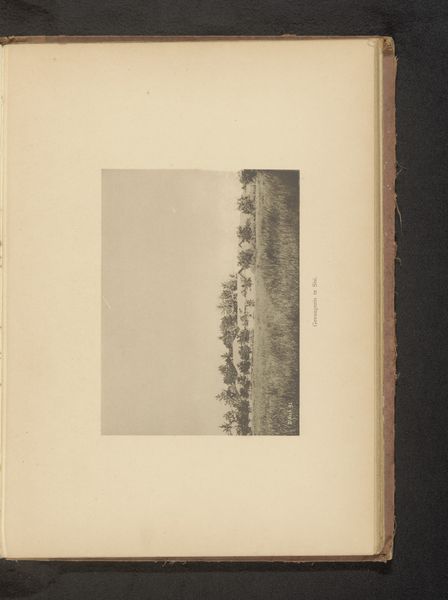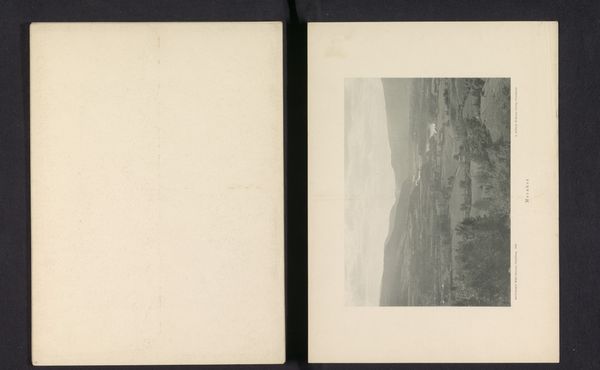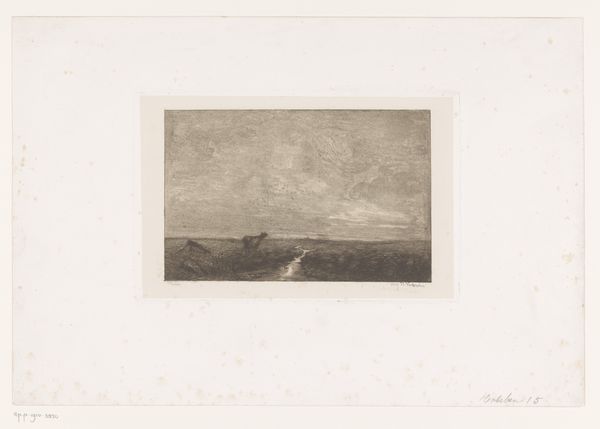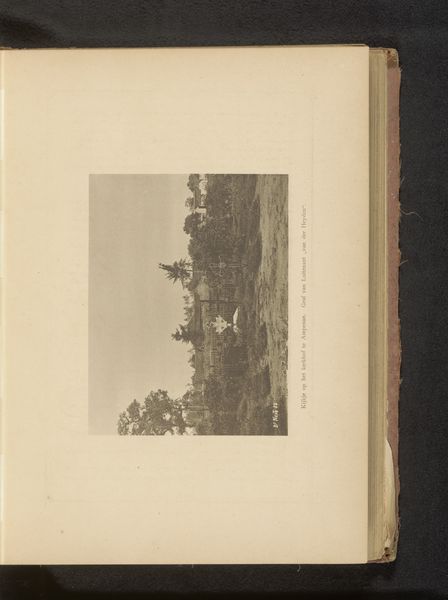
print, etching, engraving
# print
#
etching
#
sculpture
#
landscape
#
charcoal drawing
#
watercolour illustration
#
engraving
#
watercolor
#
realism
Dimensions: height 200 mm, width 250 mm
Copyright: Rijks Museum: Open Domain
Willem Steelink made this print, depicting the Romans digging the Drusus Canal, around 1826. Look closely and you can see how the fine lines of the engraving create a sense of depth, from the close shrubbery to the far horizon line. Steelink would have used a specialized tool called a burin to manually cut these lines into a metal plate. The plate is then inked and printed, transferring the image onto paper. But let’s think about that canal itself. The act of digging, the sheer labor and toil of moving earth, is a profound act of making. The canal represents the power of human hands to reshape the landscape, but also hints at the Roman Empire’s reliance on human labour, and its imperial ambitions. Next time you look at a historical print, consider not just the image, but the labor that went into both its making and its subject. It’s a reminder that art and history are always intertwined with the story of work.
Comments
No comments
Be the first to comment and join the conversation on the ultimate creative platform.

